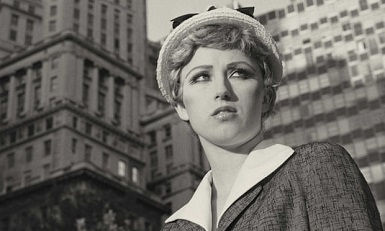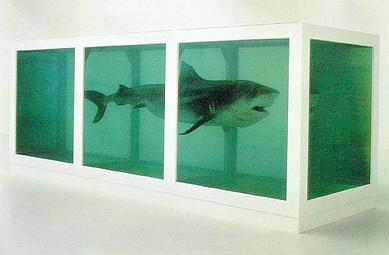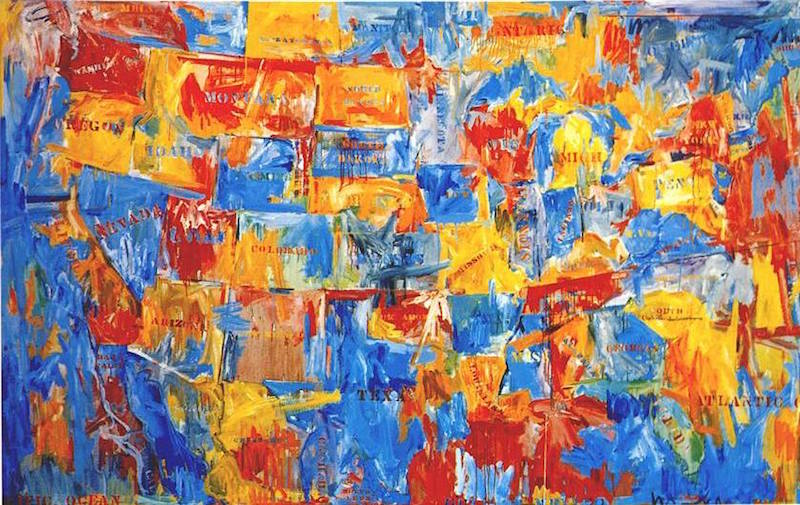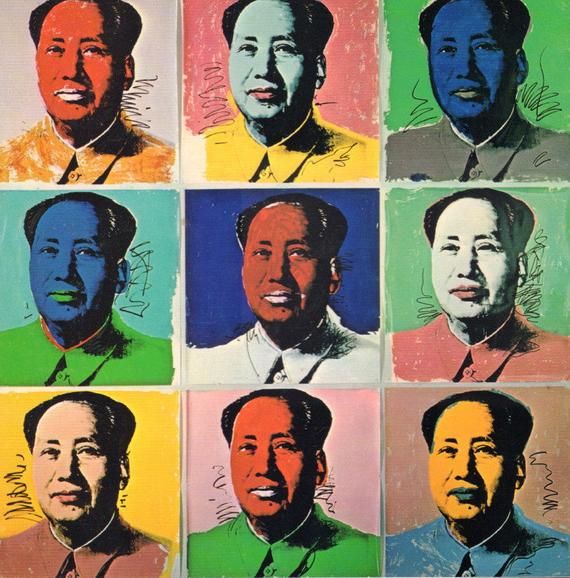Modernism and post modernism can be considered two aspects of the same movement, as the second was a direct response of the first. They were a reaction to the age of enlightenment, which was a social, artistic and psychological shift away from religion and God and towards science, reason, and logic. The enlightenment featured two key beliefs: the belief in human nature, and the belief that humanity can progress through scientific methods. Both movements were a rejection of Realism and the Victorian era, and marked a move towards the abstract: truth without reality.
MODERNISM-
Modernism describes a series of cultural movements in the late 19th and 20th century, characterised by a change of thought about the importance of intellect in life. It showed an increase in science, technology and experimentation, and it was an attempt to free humanity in all ways: philosophy, politics, architecture and art as well. This movement and it’s characteristics were mirrored in music, literature and architecture as well.
KEY WORKS-

Claude Monet – Impressionism 
Paul Gauguin – Post Impressionism 
Henri Matisse – Fauvism 
Georges Braque – Cubism 
Raoul Hausmann – Dadaism 
Salvador Dali – Surrealism 
Jackson Pollock – Abstract Expressionism
It was caused by the increase of freedom that artists were experiencing during the end of the 19th century, due to the decline of strictly commissioned portraits. Modernism rejected the most traditional and conservative artistic values in favour of abstraction, experimentation and almost Utopian ideals of what human society should be.
SUB-MOVEMENTS ASSOCIATED (in painting)-
Impressionism: 1860s, featured mainly scenes of everyday life, focused on capturing the light patterns seen in nature using quick brush-strokes and bright colours (often pastels) which was quite a radical technique at this point in time.
Post-Impressionism: 1880s-1905, started as a reaction against the Impressionists’ use of natural colours, these works were brighter and more vibrant, expressing emotions through simplified colours and shapes.
Fauvism: 1900s, featured bold brushstrokes, vibrant and unnatural colours, and a complete break from conventional methods of painting, although this movement didn’t last very long.
Cubism: 1910s-1920s, a revolutionary method of showing reality through abstract and fragmented shapes and lines, wanting to show objects as they really are and not how the artists perceives them to be.
Dadaism: this started form a group, formed in response to the atrocities committed in the First World War, it intended to tear down traditional art rules and create a new form of art that would be recognised around the world; it was political, satirical and often completely nonsensical, as well as being firmly anti-war.
Surrealism: was largely influenced by the Dada group in the wake of the First World War, features strange and often disturbing juxtaposition of dreams, the unconscious, altered reality, and generally unconventional imagery. The term “surrealism” was created by celebrated photographer Andre Breton, who described it like this:
“pure psychic automatism, by which one proposes to express, either verbally, in writing, or by any other manner, the real functioning of thought. Dictation of thought in the absence of all control exercised by reason, outside of all aesthetic and moral preoccupation.”
–Surrealist Manifesto (1924)
Abstract Expressionism: inspired partly by surrealism, the abstract expressionists intended to express emotion through the abstract forms and shapes found in their art. The movement as a whole is defined as:
“the term applied to new forms of abstract art developed by American painters such as Jackson Pollock, Mark Rothko and Willem de Kooning in the 1940s and 1950s. It is often characterised by gestural brush-strokes or mark-making, and the impression of spontaneity”
tate.org.uk
LINKS/SOURCES-
https://www.history.com/topics/art-history/history-of-modernism-and-post-modernism
https://www.tate.org.uk/art/art-terms/s/surrealism
POST MODERNISM-
The term “post-modernism” describes the period after the modernist movement, in the 1960s and 1970s. It can be described as:
“…a dismissal of the rigidity of Modernism in favor of an “anything goes” approach to subject matter, processes and material.”
history.com
Essentially, it was a counter-reaction to the Modernist movement, which attempted to critique the ideas of truth, reality, and an idealistic Utopian human society. While modernism based itself on reason and idealism, post-modernism focused more on scepticism and a distrust of so-called logical reasoning. It questioned the idea that “there are universal certainties or truths”, and often challenged the boundaries of art by mixing various medias and artistic styles together in an anti-authoritarian way.
KEY WORKS-

Andy Warhol 
Cindy Sherman 
Damien Hirst 
Jasper Johns

Barbara Kruger 
Andy Warhol 
Georg Baselitz 
Roy Lichtenstein
In the beginning of this era, technology began to seep into every part of life; TVs, microchips and computers were dominating society, and the invention of the Internet led to the vast distribution of knowledge all over the globe. This was reflected in the art world, where various artists played on the idea of commercial mass-production devaluing traditional art, and often incorporated themes of the new-found technology within their artwork.
ARTISTS ASSOCIATED-
- Cindy Sherman- American photographer whose work is mainly comprised of self-portraits in various different imagined roles, often commenting on gender stereotypes
- Andy Warhol- leading artist of the Pop-art movement, was famous for working with pop culture icons as well as the most mundane and ordinary objects, became iconic for “blurring the lines between fine art and mainstream aesthetics”
- Jasper Johns- American painter/printmaker, associated with abstract expressionism and often depicts the US flag and other related subjects
- Georg Baselitz- German painter and sculptor, known for his expressive and colourful paintings, many of which are upside down
- Barbara Kruger- conceptual artist well-known for her collages of black and white photographs with bold statements in red over the top
- Roy Lichtenstein- pop artist influenced by the comic book style, was a leading figure in art during the 1960s and whose work was often created through parody
LINKS/SOURCES-
https://www.theartstory.org/definition/postmodernism/history-and-concepts/#nav
